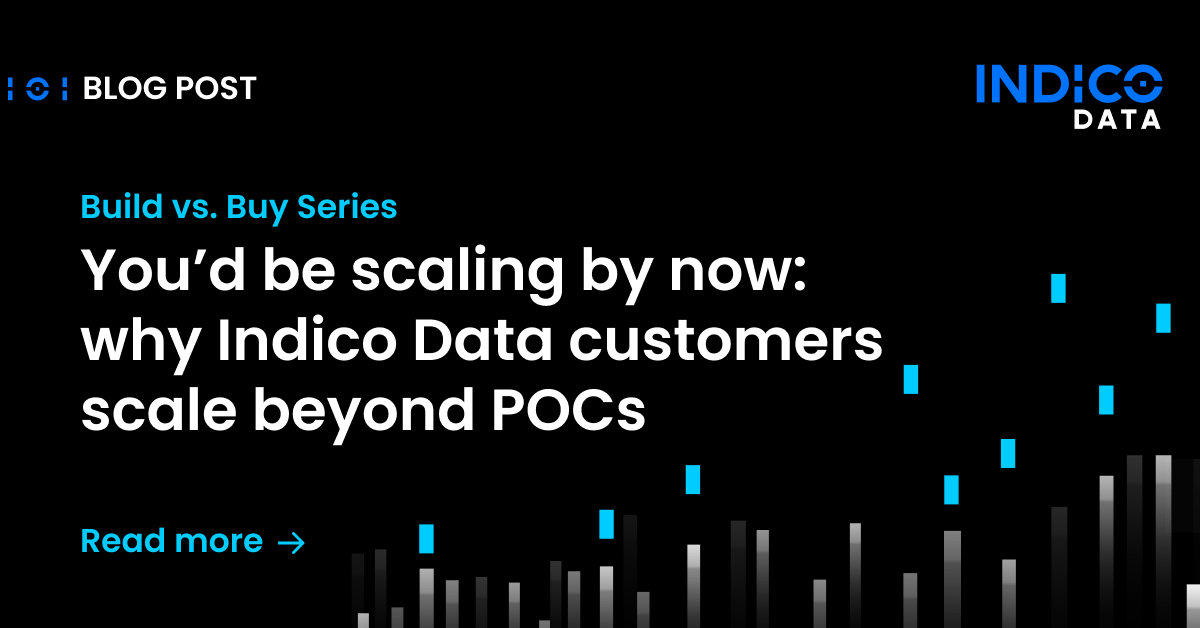Insurance companies often find themselves in a tough spot when it comes to adopting new technology to automate underwriting submissions, claims handling, and other functions: whatever they adopt has to integrate well with their legacy technology.
And in the typical insurance company, there is no shortage of legacy technology. It’s an industry that’s famous for holding on to “green screens” – mainframe-based applications that represent tons of investment, and still perform valuable jobs.
Yet there’s no denying insurance companies can benefit from modern technology, such as intelligent intake solutions that automate insurance document processing. Such solutions automate underwriting submissions intake, reducing underwriting leakage by dramatically cutting the time it takes to read and process submissions. They can also automate claims processing, helping to cut both claims and expense ratios while raising net promoter scores.
Cool solutions vs. decades of legacy
Insurance companies rightfully, then, want to determine how to incorporate such intelligent automation technologies, while ensuring they play nice with legacy infrastructure.
It’s a topic that came up on a recent episode of my Unstructured Unlocked podcast. “With a lot of these cool solutions or systems, the integration is a challenge, or the workflow disruption is a challenge,” said my cohost Michelle Gouveia, who researches insurance technology startups for the venture capital firm Sandbox Industries. “When we’re talking to startups, a key question is how do you fit into the existing workflow? Because people want to work with these cool things, but they’re not going to do it if it’s a ton of effort for little return.”
I spoke about the topic with a couple of previous podcast guests, including Art Borden, who has decades of insurance underwriting and technology experience with firms including Zurich Insurance and CNA.
“There’s a great amount of legacy work underway in insurance to clean up decades of under-investment in technology,” he said. “It’s really a consolidation effort to take old legacy systems and get them out of way of the underwriters.”
Related content: Unstructured Unlocked episode 18 – What is the talent crisis in underwriting?
Integrating with existing technology
As they incorporate new solutions, carriers want users to employ their newer, more feature-rich interfaces while ensuring they can work with older systems as necessary.
“The idea is to try to unify that picture and workflow for the underwriter, to present information to them in an easier to use format, so they don’t have to look up a lot of information individually by application,” Borden said. “And it’s really a bunch of hard work.”
Steven Weiss, another insurance industry executive with significant technology experience, agrees. “If you’re going to introduce new technology, make sure it works really well as a third party feeder of information into a larger tool,” said Weiss, who most recently served as Senior Vice President and Chief Underwriting Officer at Munich Re Specialty Group Insurance Services. “Make sure there are integration points.”
An intelligent intake solution like Indico Data’s is a good fit in that regard, he said. “It’s simpler, because you’re pulling unstructured data in to fill blocks in your legacy policy administration system.”
Related content: 5 ways artificial intelligence helps automate insurance claims processing
Bring techies into sales process
Another crucial tip is to make sure whoever will implement the technology is involved in the buying decision. At one of his previous employers, Weiss said the company opted for a dashboard system that had to be overlayed on top of the company’s legacy AS/400-based insurance processing platform.
“It was very complex and expensive. But there was so much data in the legacy system, they couldn’t afford not to use it,” he said. “When we decided on the system we were going to use, none of the implementers were in the sales meeting.” That was a harsh lesson learned, he said, because the implementers had a different view from the vendor’s sales people on what could and couldn’t be done.
Consider opportunity cost
Convincing company leadership that it’s time to make a change in technology can be difficult, Borden said. Some carriers look at it like replacing a car part that’s older but not yet broken. If it doesn’t break, you save money; if it does, you could be stranded somewhere. So, the question comes down to, what are the odds that it breaks?
In such instances, it’s valuable to talk about lost opportunity cost. “You need to be constantly looking down the road and educating leadership about lost opportunities,” he said. “You don’t want to look back 10 years from now and say you should’ve replaced that system.”
The picture promises to come into clearer focus as more carriers have success using artificial intelligence solutions to address simpler lines of business. When companies start seeing competitors charge less and steal business because of increased efficiencies from intelligent automation solutions, that’ll prompt action, Weiss said.
Toward that end, he said to look for vendors who can point to specific successes, such as reducing insurance submission manual document handling by 70% using intelligent intake. “That’s the kind of thing that gets people to take notice.”
I’ll add another bit of advice: look for startups that consider how their solution will fit into your environment and are willing to help you with change management. They should be able to show how firms like yours handled that change and point you to the stumbling blocks to avoid. Because make no mistake, any new technology will require some changes to how things are done. It’s helpful to have a partner who has done it before and knows what the end state should look like.


